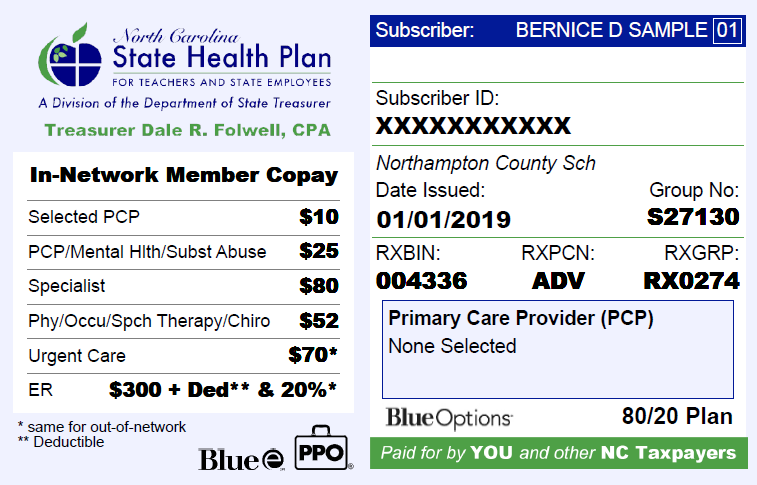
If you are in urgent need of medical attention, your emergency medical insurance will cover the cost. This insurance may not cover you for visits to out-of-network hospitals. The out-of–network hospital is not subject to prior approval by your insurance company. However, you need to be aware that there are certain rules and requirements before you use their services.
Coverage for catastrophic health
Catastrophic insurance plans pay for emergency medical bills in case of a catastrophe. These policies cover covered medical expenses up to the deductible, but the catastrophic plan covers the entire bill if you are admitted to hospital or have surgery. These plans also include emergency coverage and free preventive care.
Catastrophic health coverage for emergency health insurance is often a good option for those without major medical coverage. Catastrophic health insurance plans are usually affordable and require lower monthly premiums. Although they have higher deductibles than traditional medical insurance, they are usually less expensive. They're ideal for individuals who don’t have any income or who aren’t insured.

Catastrophic travel insurance
If you are looking for affordable travel medical insurance, a catastrophic policy might be the best option. These plans offer low monthly premiums but high deductibles, making them a great way to protect yourself in the worst case scenario. However, it's important to note that you'll have to pay all the medical costs until you've met your annual deductible, which is usually a few thousand dollars.
While a catastrophic travel medical insurance plan may offer affordable coverage, it is not the best option for everyone. Basic catastrophic plans do not cover chronic diseases and only cover emergency situations. They may not be suitable for senior citizens who regularly need medical supervision. They may not provide preventive care services, like an annual check-up.
Temporary nonimmigrant cover
The U.S. offers emergency medical insurance to non-immigrant temporary residents. This includes undocumented students and undocumented aliens. It covers any emergency medical condition for which the patient needs emergency medical care. Preventive care is not covered by the policy. Pre-approval can be a good option if your eligibility is not clear. This will allow you to receive a pre-approval letter up to 12 months in advance. Call 311 for more information or to register online. Additionally, you will need proof of identity, income and residency in the State.
Additionally, some temporary non-immigrants may be eligible for Medicaid emergency care. They will need the USCIS to verify their immigration status. The documents may be expired, but this will not prevent you from receiving emergency medical care.

Cost-sharing with emergency medical insurance
If you are in need of emergency medical care and do not have the proper insurance coverage, you may be responsible for paying out-of-network fees. This will apply to emergency care, hospitalization and emergency room services. Emergency room costs include the hospital bill and bills from doctors and other providers who are not in-network. It also applies to in-hospital services provided by doctors who are not in-network, such as anesthesia and pathology.
Many health plans offer some type of cost-sharing. The type of health plan and service will determine the cost of these services. Cost-sharing is usually in the form of copayments, coinsurance and deductibles. The policy will outline the copayments and deductible amounts. Some plans also require that you pay a copayment to cover emergency room visits.